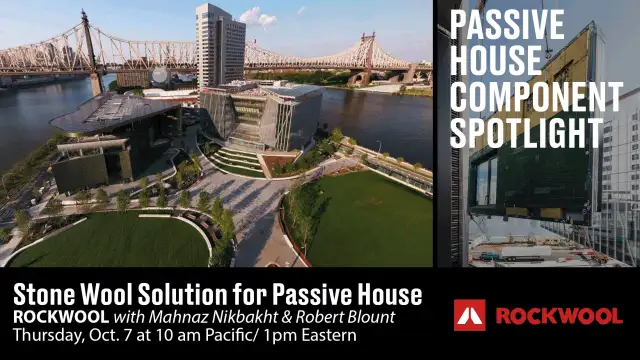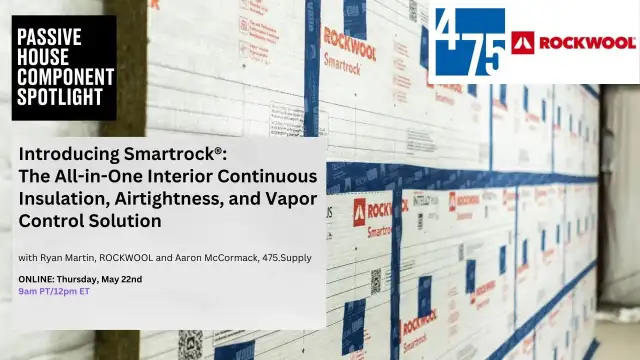How Wildfires Attack Buildings
Wildfires typically infiltrate the built environment in one of a few ways. The most common ignition source is due to ember transport. Wind driven embers can travel long distances and accumulate on rooftops, in gutters, in gaps under decks and siding, or through unprotected vents. If these embers have available fuel, they create ignition points that can begin a structural fire long before the wildfire’s flames reach the area.
Another significant threat is radiant heat. Intense thermal exposure from nearby burning vegetation or structures can crack windows or ignite materials behind the cladding. Once a window cracks, flames and embers have easy access into the home. This vulnerability has led to increased attention on window systems that can withstand higher radiant loads.
Direct flame contact is also a threat, as flames can travel along continuous pathways such as wood fences, vegetation, or debris. If there is no break between these pathways and the exterior of the building, the flames can easily reach the home.
These mechanisms highlight an important truth. Every interface, every gap, and every material choice has the potential to influence whether a building ignites. A fire resilient structure requires a clear understanding of how wildfire behaves and a coordinated strategy to resist each mode of attack.
Building for Resilience: A Two Pronged Approach
ROCKWOOL outlined a two part strategy for improving the resilience of buildings in WUI zones.
The first part focuses on defensible space. The building’s perimeter should be free of pathways that can allow fire to reach the structure, which involves the use of noncombustible surfaces close to the building, careful vegetation management, and intentional species selection in the surrounding landscape. The goal is to slow or interrupt the movement of fire toward the structure.
The second part involves hardening the building envelope. This is where ROCKWOOL’s stone wool insulation becomes essential. Stone wool is naturally non combustible and maintains its integrity even under extremely high temperatures. It does not melt, burn, or emit smoke, and it strengthens assemblies within continuous insulation systems, rainscreens, and fire resistant sheathing. Because stone wool does not add fuel to a fire, it slows the spread of heat and flame across the building’s exterior.
You can access more resources about fire resilience and ROCKWOOL by checking out their website or their guide on building within WUI zones.




